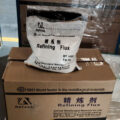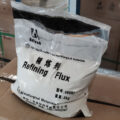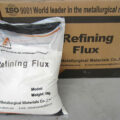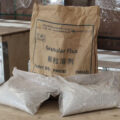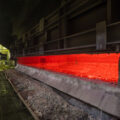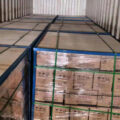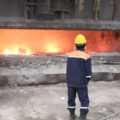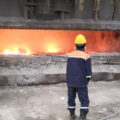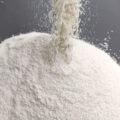Refining fluxes for foundry are usually composed of alkali metal chlorides or alkaline earth metal chlorides, which are mixed to obtain a melting point below the operating temperature of the alloy-the melting point of a pure compound is usually quite high.
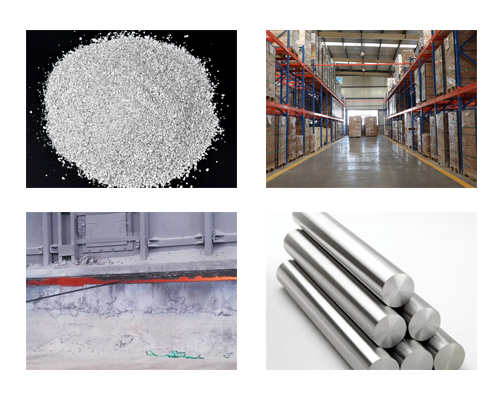
Various methods can be used to incorporate the salt flux into the alloy:
- Before adding aluminum, KCl and MgCl 2 fluxes in solid form were added to the bottom of the preheating vessel.
- Currently, the fluxes are added by inert gas in the pipe below the metal surface (spray gun flux).
- Recently, a method has been developed in which a hollow shaft uses a gas carrier to bring the salt flux into the alloy, and disperse the salt flux through a stirrer (rotating flux injection). This method reduces the amount of salt flux required for purification and at the same time increases the dispersion of the salt flux in the alloy.
After adding refining fluxes for foundry to the metal, impurities and salt will float on the surface of the liquid metal and can be easily removed. The particle size is controlled by the use of the solid compound obtained by the molten salt. Granular refining agents can be used in batch processes or continuous processes.
In addition, due to the perceived negative impact on the sodium content of the resulting aluminum or aluminum alloy, the use of salt fluxes with significant sodium chloride content is not recommended. In fact, when sodium chloride is present in the flux used to purify aluminum or aluminum alloys, the use of sodium chloride is currently avoided or limited. More specifically, for certain types of alloys, such as aluminum alloys with a silicon content of more than 10%, and more particularly aluminum alloys with a magnesium content of more than 3%, it is recommended not to use sodium chloride in the salt flux.

